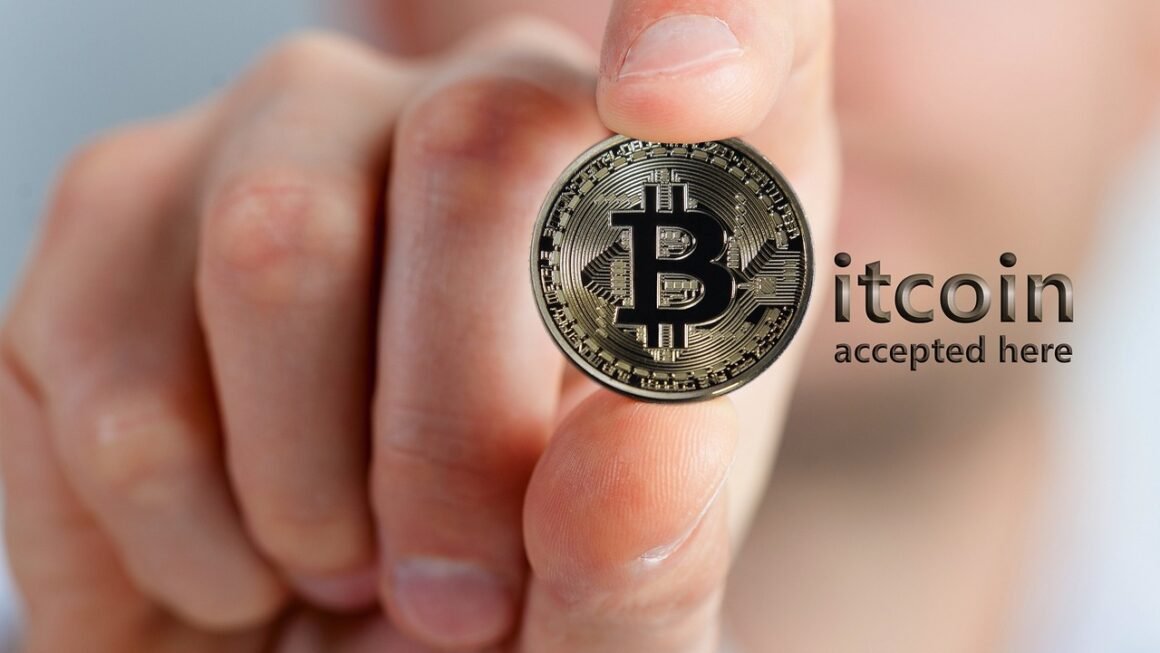Mining: Unearthing the Earth’s Resources for a Sustainable Future
Mining, a cornerstone of human civilization, involves extracting valuable minerals and geological materials from the earth. From the iron ore that forms the backbone of our infrastructure to the rare earth elements essential for modern technology, mining provides the raw materials that power our world. While crucial, it’s also vital that we prioritize sustainable and responsible practices to minimize environmental impact and ensure long-term resource availability. This article delves into the multifaceted world of mining, exploring its processes, economic significance, environmental considerations, and future trends.
What is Mining?
Mining encompasses a broad range of activities centered on extracting geological materials, usually ore bodies, veins, seams, or reefs, that are of economic interest to a miner. These materials can range from precious metals like gold and silver to industrial minerals like coal, diamonds, and potash. The techniques employed vary significantly depending on the type of resource, the geological conditions, and economic factors.
Types of Mining
- Surface Mining: This method extracts minerals near the earth’s surface.
Open-pit mining: Involves excavating a large pit to access ore deposits. It’s used for large, low-grade deposits like copper and iron ore. For example, the Bingham Canyon Mine in Utah is one of the world’s largest open-pit mines.
Strip mining: Removes overlying layers of soil and rock (overburden) to expose coal seams or other minerals. This is commonly used in coal mining regions like Appalachia.
Quarrying: Extracts stone, sand, and gravel for construction. Quarries are often located near urban areas to reduce transportation costs.
- Underground Mining: Used to extract minerals located deep beneath the surface.
Shaft mining: Involves digging a vertical shaft to access the ore body. This method is often used for deep deposits of coal, gold, and diamonds. For example, the Kidd Creek Mine in Canada is one of the deepest base metal mines in the world.
Drift mining: Accesses the ore body through a horizontal opening on a hillside or mountainside. It’s frequently used for coal seams.
Room and pillar mining: A method where rooms are mined out while leaving pillars of ore to support the roof. This is also commonly used in coal mining.
- In-Situ Leaching (ISL): Involves injecting a leaching solution into an ore body to dissolve the desired mineral and then pumping the solution to the surface for processing. It’s often used for uranium mining. This method is generally less disruptive than surface or underground mining.
- Alluvial Mining: Extracting minerals from riverbeds, streambeds, and other alluvial deposits. Common for gold and diamonds. Panning for gold is a simple form of alluvial mining.
The Mining Process
The mining process generally involves several key steps:
- Exploration: Identifying and evaluating potential mineral deposits. This involves geological surveys, drilling, and geochemical analysis.
- Development: Preparing the site for mining, including building infrastructure, removing overburden, and constructing processing facilities.
- Extraction: Removing the ore from the ground using the appropriate mining method.
- Processing: Separating the valuable minerals from the waste rock (gangue). This may involve crushing, grinding, flotation, leaching, and smelting.
- Reclamation: Restoring the mined land to a useful state. This may involve re-grading the land, planting vegetation, and controlling erosion.
The Economic Significance of Mining
Mining plays a crucial role in the global economy, providing the raw materials needed for countless industries.
Contribution to GDP
The mining industry contributes significantly to the GDP of many countries, particularly those rich in mineral resources. For instance, countries like Australia, Chile, and South Africa rely heavily on mining revenue. Mining provides jobs, generates tax revenue, and supports related industries.
- Example: In Australia, mining contributes around 10% of the country’s GDP and is a major exporter of iron ore, coal, and gold.
Job Creation
Mining provides employment opportunities in various roles, from skilled engineers and geologists to machine operators and laborers.
- Example: A large-scale mining operation can employ hundreds or even thousands of people directly, as well as indirectly through supply chain industries.
Supporting Other Industries
Mining provides essential raw materials for numerous industries, including:
- Construction: Aggregate, cement, and metals.
- Manufacturing: Steel, aluminum, and plastics.
- Technology: Rare earth elements, lithium, and cobalt.
- Energy: Coal, uranium, and oil sands.
Metal Prices and their Indicators
Metal prices serve as an important indicator of economic health. Higher demand, driven by economic growth, usually leads to increased metal prices, while lower demand during recessions causes prices to decline.
Environmental Considerations in Mining
Mining can have significant environmental impacts if not managed responsibly. It is paramount to consider the effects and adapt methods to mitigate them.
Habitat Destruction and Biodiversity Loss
Mining operations can destroy habitats and displace wildlife. Deforestation, soil erosion, and water contamination can all contribute to biodiversity loss.
- Mitigation: Conducting thorough environmental impact assessments, implementing habitat restoration plans, and minimizing the footprint of mining operations.
Water Contamination
Mining can contaminate surface and groundwater with heavy metals, acids, and other pollutants. Acid mine drainage (AMD) is a major environmental problem in many mining regions.
- Mitigation: Implementing water treatment systems, properly managing waste rock, and preventing AMD formation.
Air Pollution
Mining operations can release dust, particulate matter, and greenhouse gases into the atmosphere. This can contribute to respiratory problems and climate change.
- Mitigation: Using dust suppression techniques, reducing emissions from mining equipment, and investing in renewable energy sources.
Land Degradation
Mining can cause land degradation, including soil erosion, landslides, and the formation of unstable slopes.
- Mitigation: Implementing land reclamation plans, stabilizing slopes, and preventing erosion.
The Role of Environmental Impact Assessments (EIAs)
Before commencing any mining project, comprehensive Environmental Impact Assessments (EIAs) are essential. These assessments evaluate the potential environmental, social, and economic impacts of the project, enabling informed decision-making and the development of mitigation measures.
Sustainable Mining Practices
Sustainable mining aims to minimize environmental impacts and maximize the long-term benefits for communities and the environment.
Reducing Environmental Footprint
- Energy Efficiency: Implementing energy-efficient technologies and practices to reduce greenhouse gas emissions. For example, using electric-powered mining equipment.
- Water Management: Reducing water consumption and preventing water contamination. For example, recycling water and treating wastewater.
- Waste Management: Properly managing waste rock and tailings to prevent environmental contamination. For example, using tailings dams or dry stacking methods.
- Land Reclamation: Restoring mined land to a useful state. This involves re-grading the land, planting vegetation, and controlling erosion.
Corporate Social Responsibility (CSR)
Mining companies are increasingly expected to engage in CSR initiatives that benefit local communities and promote sustainable development.
- Community Engagement: Consulting with local communities and addressing their concerns.
- Education and Training: Providing education and training opportunities for local residents.
- Infrastructure Development: Investing in infrastructure development, such as roads, schools, and hospitals.
- Economic Diversification: Supporting economic diversification initiatives to reduce dependence on mining.
Technological Innovations for Sustainable Mining
Technological advancements play a crucial role in promoting sustainable mining practices:
- Automation and Robotics: Enhancing efficiency and safety while reducing environmental impact.
- Data Analytics: Optimizing resource extraction and minimizing waste.
- Advanced Materials: Creating more durable and environmentally friendly mining equipment.
- Geospatial Technologies: Monitoring environmental impacts and ensuring compliance with regulations.
The Future of Mining
The future of mining will be shaped by technological advancements, environmental concerns, and changing societal expectations.
Technological Advancements
- Automation and Robotics: Mining operations will become increasingly automated, with robots performing tasks that are dangerous or difficult for humans.
- Artificial Intelligence (AI): AI will be used to optimize mining processes, improve safety, and reduce environmental impacts.
- Big Data Analytics: Big data analytics will be used to analyze vast amounts of data to identify new mineral deposits and improve resource extraction.
- 3D Printing: 3D printing will be used to create custom mining equipment and components on demand.
- Electric Mining Vehicles: Reduces greenhouse gas emissions and improves air quality.
Focus on Critical Minerals
As the world transitions to a low-carbon economy, the demand for critical minerals, such as lithium, cobalt, and rare earth elements, is expected to increase significantly. Mining companies will need to develop sustainable and responsible ways to extract these minerals. These are essential for electric vehicle batteries and other green technologies.
Regulatory Landscape
Governments around the world are tightening regulations on the mining industry to protect the environment and ensure that mining companies operate responsibly. This will require mining companies to invest in sustainable mining practices and engage with local communities.
Investing in Research and Development
Further investment in R&D is crucial for developing innovative technologies and practices that will make mining more sustainable and efficient. This includes research into new extraction methods, waste management techniques, and reclamation strategies.
Conclusion
Mining is an essential industry that provides the raw materials needed for our modern world. However, it is crucial that mining operations are conducted sustainably and responsibly to minimize environmental impacts and ensure long-term resource availability. By embracing technological advancements, implementing sustainable practices, and engaging with local communities, the mining industry can play a vital role in creating a more sustainable future. The industry is evolving to meet these challenges, adopting advanced technologies and placing a greater emphasis on environmental stewardship and social responsibility. Moving forward, collaboration between governments, industry stakeholders, and local communities is essential to ensure that mining contributes positively to economic development while protecting the environment for future generations.



